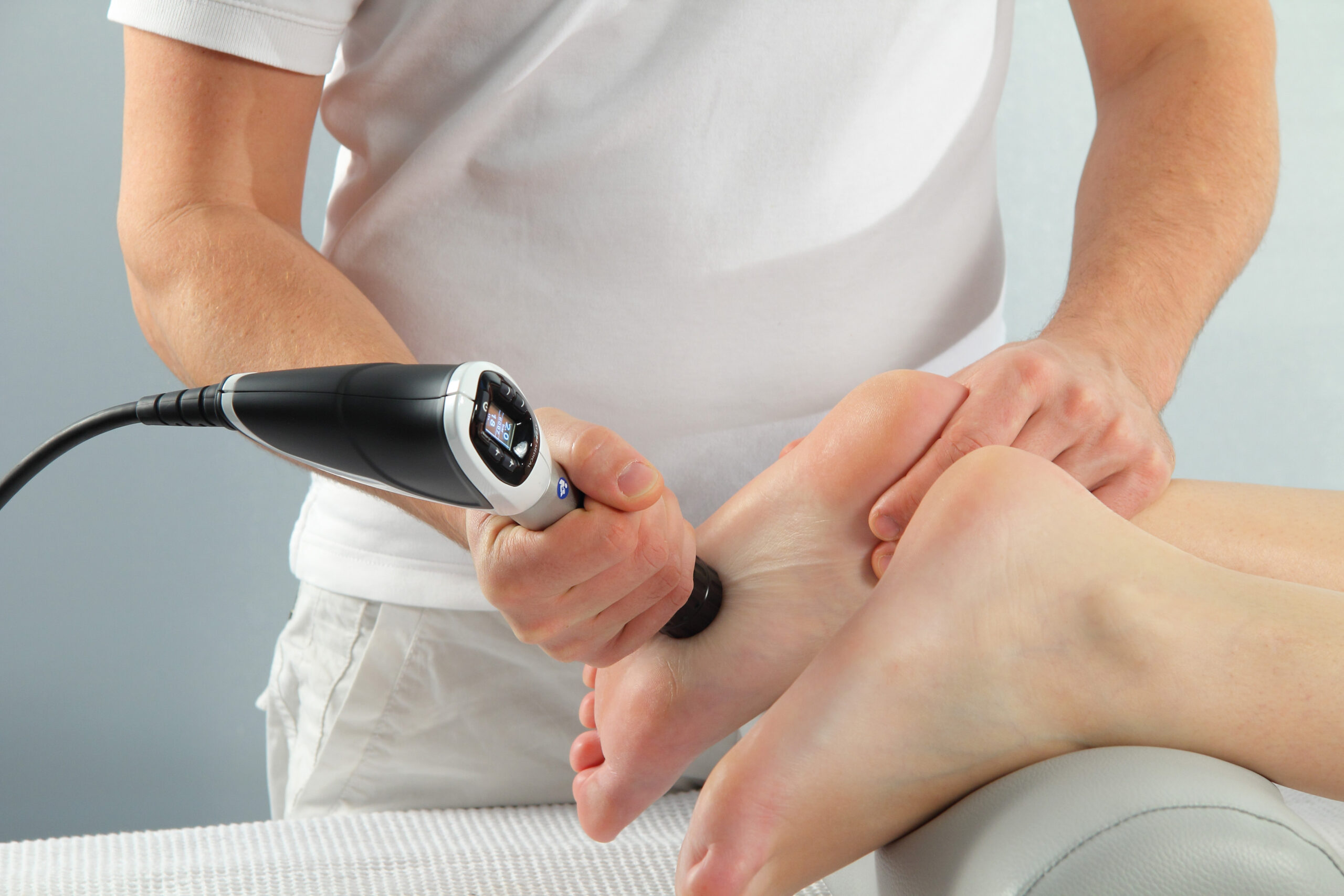By Annette Pinder
Extracorporeal Pulse Activation Technology (EPAT), also known as shockwave therapy, is an advanced highly effective non-invasive FDA-cleared treatment to heal musculoskeletal pain using acoustic pressure waves. Daniel P. Keating, DPM and David Pochatko, MD, of Excelsior Orthopaedics, explain that EPAT works by harnessing the body’s own soft tissues to regenerate injured areas of the body’s musculoskeletal system as a result of poor blood flow, tissue damage, overuse, or weakness.
Dr. Keating and Dr. Pochatko answer some commonly asked questions regarding EPAT treatment and how they are using it to help their patients.
What disorders can be treated with EPAT? EPAT can help alleviate acute or chronic musculoskeletal pain that significantly impairs mobility or quality of life. Common conditions for which the therapy is used include shin splints and tendonitis associated with lower leg pain; Achilles tendon and plantar fasciitis associated with foot, ankle, and heel pain; rotator cuff and biceps tendon injuries associated with shoulder pain; lateral or medial epicondylitis associated with upper arm and elbow pain; Dequervain’s tenosynovitis and tendonitis associated with forearm, wrist, and hand pain; adductor tendonitis and flexor tendonitis associated with pelvic and hip pain; and hamstring muscle, tendonitis, IT band, bursitis, and patellar tendonitis associated with knee and thigh pain.
How does EPAT work? Since inflammation is one of the tools used by the body to promote healing, EPAT uses acoustic pressure waves (sound waves we cannot hear) toenhance the inflammatory process. The pressure waves stimulate cell turnover, improve blood circulation, break down adhesions and scar tissue, and accelerate healing. Dr. Keating has experienced significant success in using the therapy for patients who have plantar fasciitis or epicondylitis of the elbow. “Plantar fasciitis, one of the most common causes of heel pain, is due to inflammation of a thick band of tissue that runs across the bottom of the foot that connects the heel bone to the toes. The condition often causes stabbing pain upon a person’s first steps in the morning, which often subsides and returns upon standing for lengthy periods. Plantar fasciitis is more common in runners, people who are overweight, and in those who wear shoes with inadequate support,” says Dr. Keating.
What does the treatment consist of? EPAT therapy typically requires three treatments of high frequency deep soundwaves placed directly over the painful area to promote healing. “EPAT has been a game-changer. It has been highly successful in 80-85 percent of my patients, who have become pain-free without surgery, injections, or medications,” says Dr. Keating.
Dr. Pochatko explains that EPAT therapy stimulates the healing process in individuals who have regularly suffered with pain emanating from musculoskeletal problems, often over a long period of time. The shockwaves use the patient’s own body and soft tissues to increase blood supply into affected inflamed areas to promote healing. Amazingly, no anesthetic is required for this minimally invasive non-surgical in-office treatment.
If you have heel spurs (also known as plantar fasciitis), watch a real patient receive this therapy on Wednesday November 10 at 8pm or Saturday November 13 at noon on WBBZ-TV. Learn more at https://www.excelsiorortho.com/shockwave or call 716-250-6505!
.











